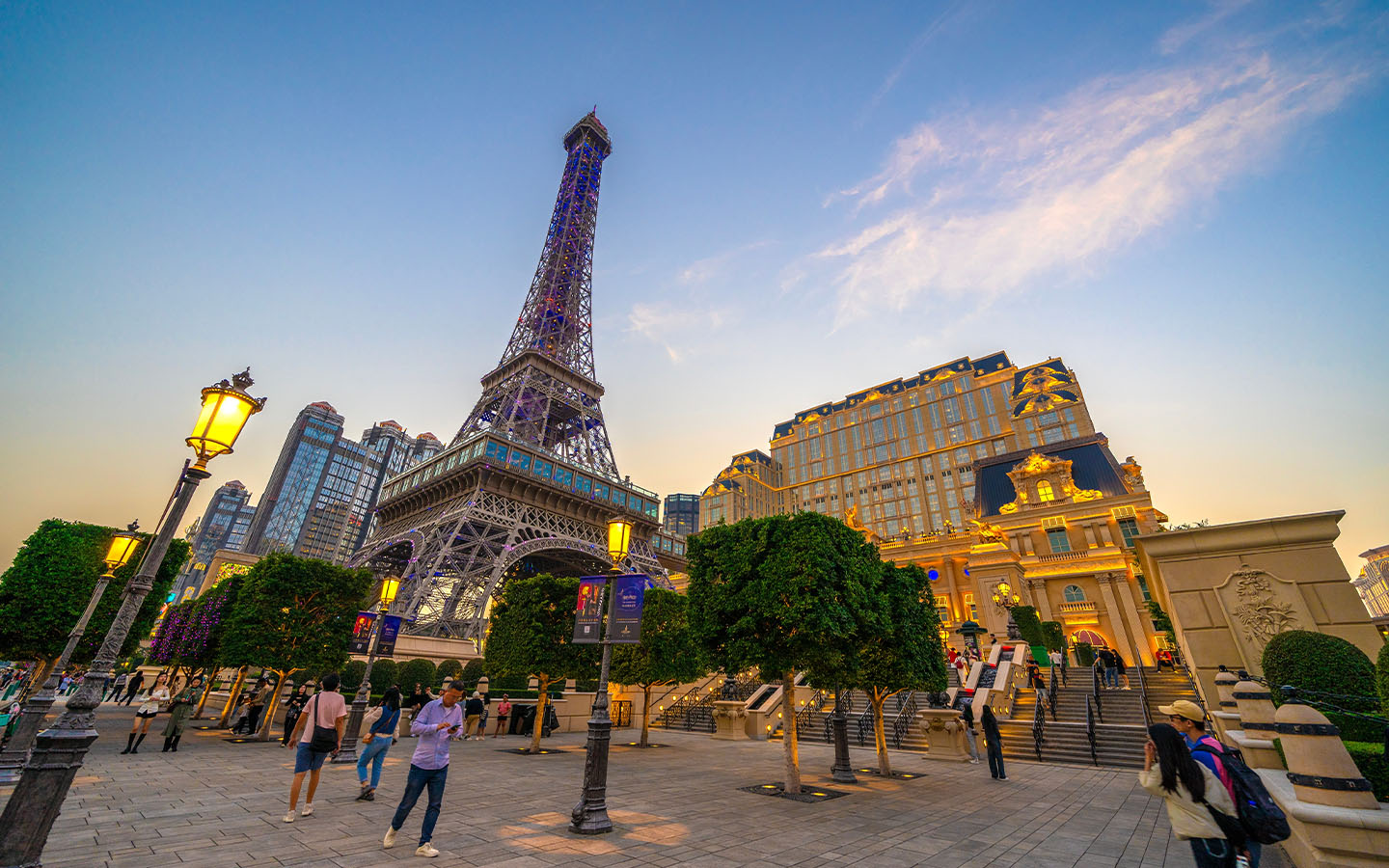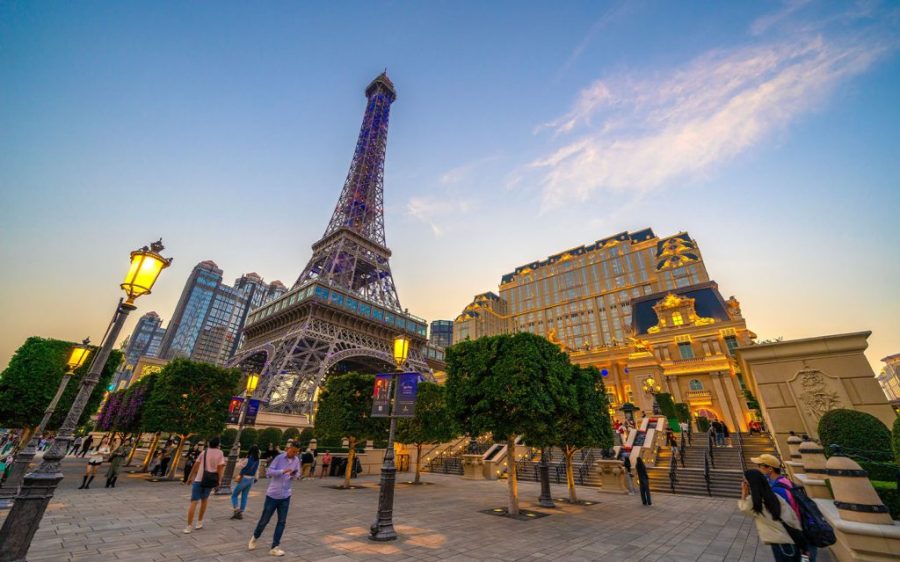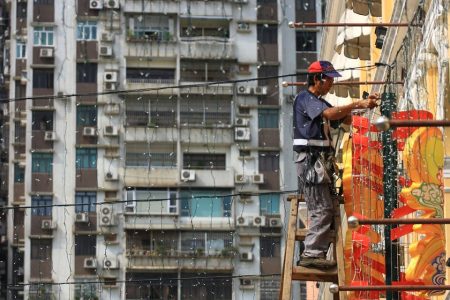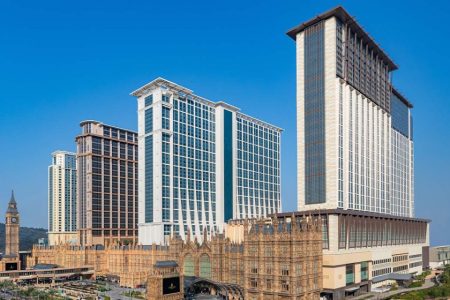The Forbes Travel Guide has awarded 22 of Macao’s hotels a five-star rating in its 2024 Star Awards, making this the second year in a row that the city has more Forbes-approved top-tier accommodation providers than any other destination in the world.
All these hotels are part of integrated resorts: five are Sands China properties, five belong to Melco, four to Galaxy, three to SJM, three to MGM and two to Wynn.
Four-star hotels are also included in the prestigious Star Awards, now in the 66th iteration, along with worthy restaurants, spas and ocean cruises. In total, Macao had 73 entrants on Forbes’ list – two more than last year. The newcomers were, namely, Grand Lisboa’s contemporary Portuguese restaurant Mesa and the Parisian’s Paiza Lofts hotel.
[See more: Forbes awards are a boost for Macao’s hotels but the sector still faces challenges]
The SAR’s awards far outnumbered those of neighbouring Hong Kong, which earned 55 in total. Just seven were for five-star hotels.
Macao’s historic rival, London – which had the most five-star hotels in Forbes Travel Guide four years in a row prior to 2023 – came in with 21 this year.
According to Forbes, Star Awardees are chosen based on “an objective, independent and data-driven process” using incognito inspectors posing as everyday customers. They rate venues on hundreds of standards, including value for money and whether rooms are designed to promote sleep quality.
Official data shows there were a total of 142 hotel-type establishments operating in Macao at the end of 2023, offering a collective 47,000 rooms to guests. The average hotel occupancy rate last year was 85.2 percent – five percent less than the pre-pandemic figure of 2019.






